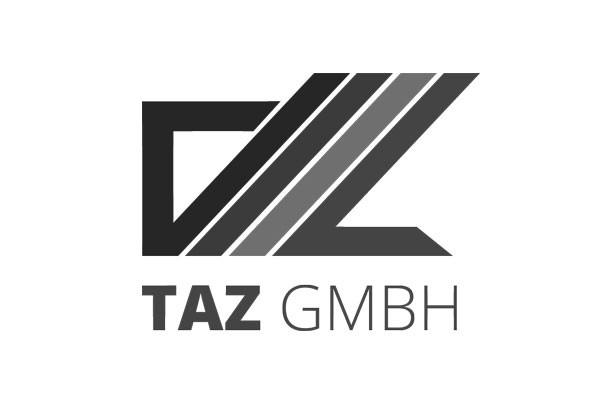High-resolution spark spectrometry
including N, O and H
We analyze the chemical composition of your metallic materials with our high-resolution SpectroLab M10.
It is equipped with the matrices iron, aluminium, copper, nickel, titanium, magnesium, cobalt and zinc. Each matrix contains a large number of sub-programs that are tailored to the respective alloy groups.
The innovative hybrid technology with photomultiplier and CCD sensors guarantees very precise results, high stability and a very good signal/background ratio with detection limits down to the lower ppm range.
All sub-programs are calibrated annually. The sub-programs low-alloy steel, high-alloy steel, cast iron, brass (CuZn) and those of the Al groups 1000, 2000, 3000, 4000, 5000, 6000, 7000 and 8000 even come with an accredited calibration certificate from our calibration laboratory TAZ Servicetechnik GmbH & Co .KG equipped.
At TAZ GmbH, the detection limits are determined either by determining the spectral background with an ultrapure sample or, if this is not available, by determining the BEC value using a 2-point calibration (Note: As a rule of thumb, one can assume that the detection limit is BEC/30).
Matrix effects in the trace area and interference are constantly monitored and corrected.
The accuracy of the results is regularly checked both through the calibration certificate and through the constant analysis of certified and certified traceable reference samples. We regularly take part in round robin tests and thus constantly monitor our results.
The highlight of the analyzes with our spark spectrometer was the participation in the preparatory round robin test of ASTM E415 for the analysis of low-alloy steels with spark spectrometry (Standard Test Method for Analysis of Carbon and Low-Alloy Steel by Spark Atomic Emission Spectrometry). Here we delivered very good results in a large-scale interlaboratory test with well-known American companies and institutes and made a not insignificant contribution to this standard.
We can guarantee the determination of the measurement uncertainty of our results either using the TOP-DOWN method through a comparison with certified reference material or using the BOTTOM-UP method using the calibration certificate. It is therefore possible, if required, to assign the associated uncertainty to each result in the accredited area. The essential standards for determining the measurement uncertainty (GUM, EURACHEM) also apply here.
Our SpectroLab M10 is of course equipped with a calibration certificate for the following matrices/subprograms:
- Low-alloyed iron – (accredited calibration certificate)
- Iron highly alloyed – (accredited calibration certificate)
- Aluminum orientation – (not accredited calibration certificate)
- Aluminium-Copper – (accredited calibration certificate)
- Aluminium-Silicium – (accredited calibration certificate)
- Aluminium-Zinc – (accredited calibration certificate)
- Pure Aluminium- (accredited calibration certificate)
- Cast iron- (accredited calibration certificate)
- Copper -Zinc – (accredited calibration certificate)
- Titanium – (not accredited calibration certificate)



